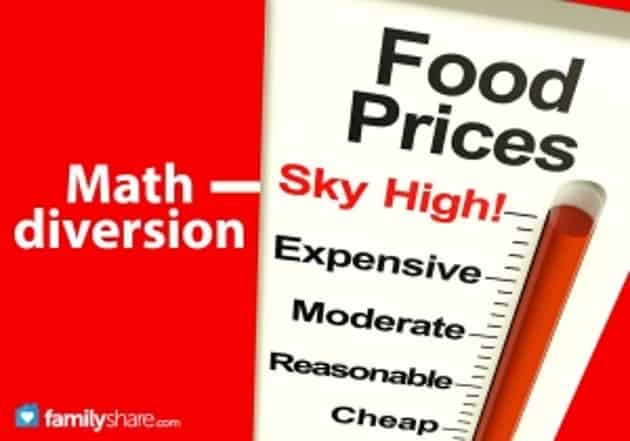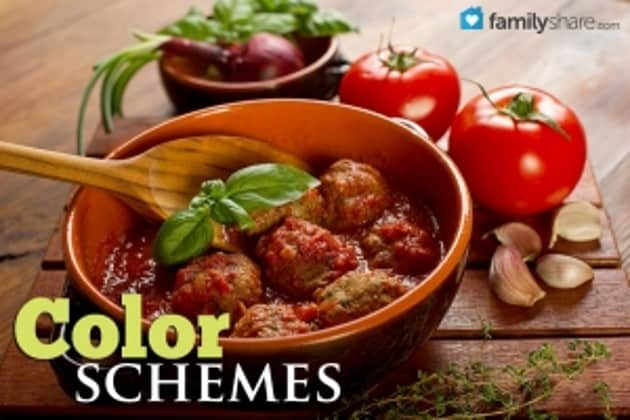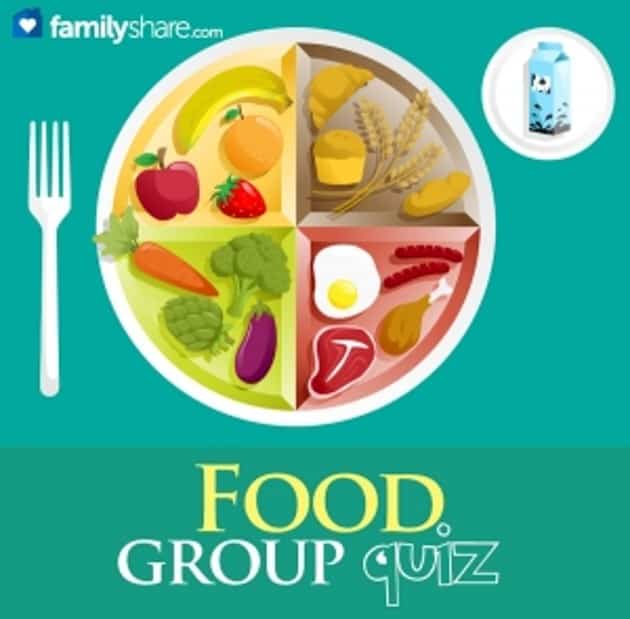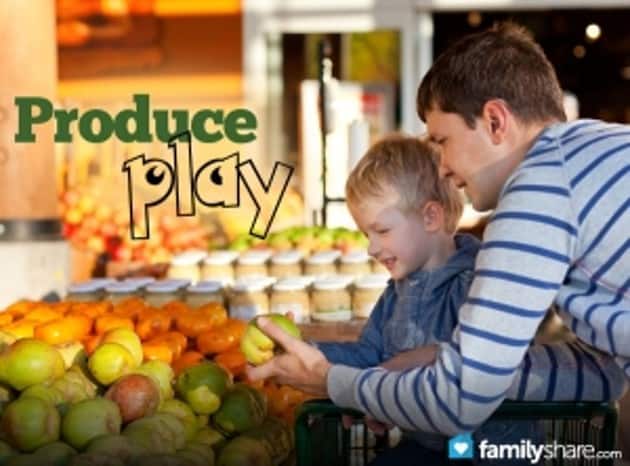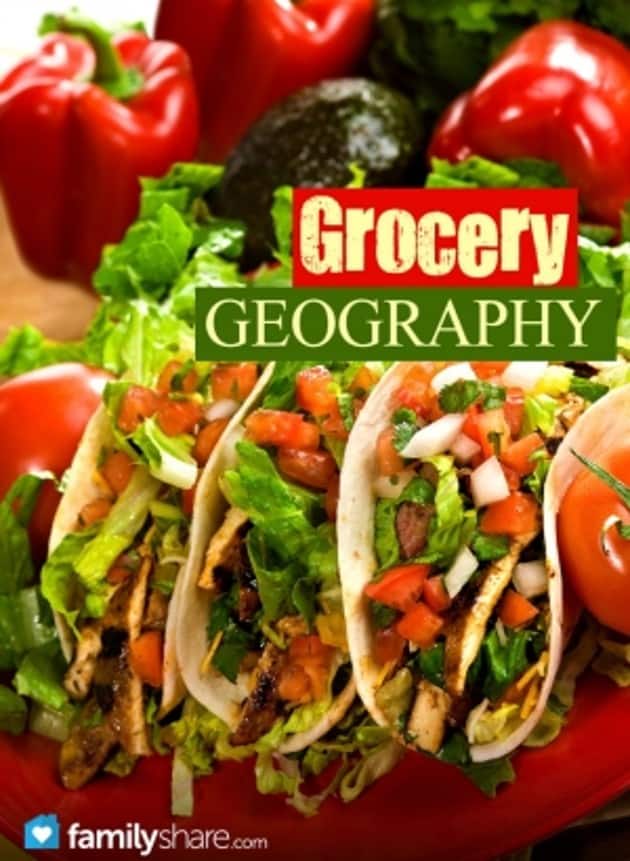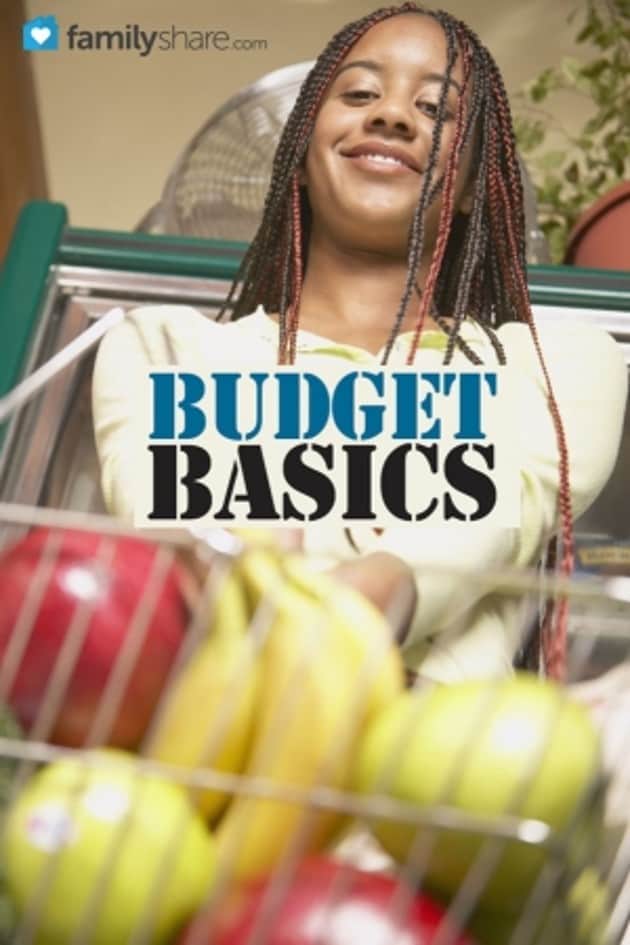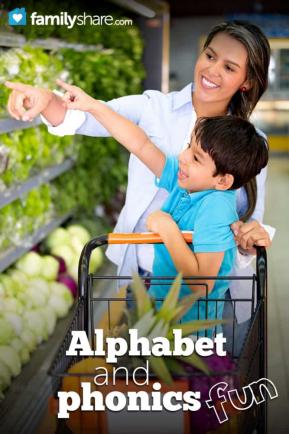
Arm your little shopper with a notebook and pencil and assign her to find and record as many items as possible that begin with a certain letter. Just for fun, offer an incentive: a penny per item, a stick of gum for every five, or a treat of her choice for 25 items.
Math diversion
Ask questions like, "Which meal would cost us more - the frozen chicken and broccoli or pasta and corn?"� or "Hmm, I wonder how many cans of peaches I can buy with $5. Could you help me figure that out?"� Hand your young mathematician a calculator, or have him estimate the sums in his head or write them out.
Color schemes
Challenge your preschool-age shopper to find a meal with an orange (or green or brown) theme, and include all the food groups. Explain that the more colorful foods are often the healthiest, especially when it comes to fruits and veggies.
Food group focus
Quiz your child on various foods as you roam the aisles. "Which food group do eggs belong in?"� Or, create a chart and have her find and record five foods for each group (grains, protein, dairy, fruits and veggies and fats.)
Tooth tips
Ask your little one to find and jot down 10 foods and drinks that are harmful to his teeth and 10 that benefit his teeth. If he finds 20, reward him with a treat from either or both groups.
Produce play
Challenge your child to find as many colors as he can among the fruits and veggies. Practice writing and spelling skills by recording the produce names and their colors.
Grocery geography
Point out different ethnic foods and discuss which foods are common in China, Mexico, and Italy, for example. At home, help your child find the corresponding countries on a map.
Budget basics
Hand your school-age child $5 and let her shop for a personal healthy meal within her budget. Explain the purpose and importance of budgeting for the things we buy.

